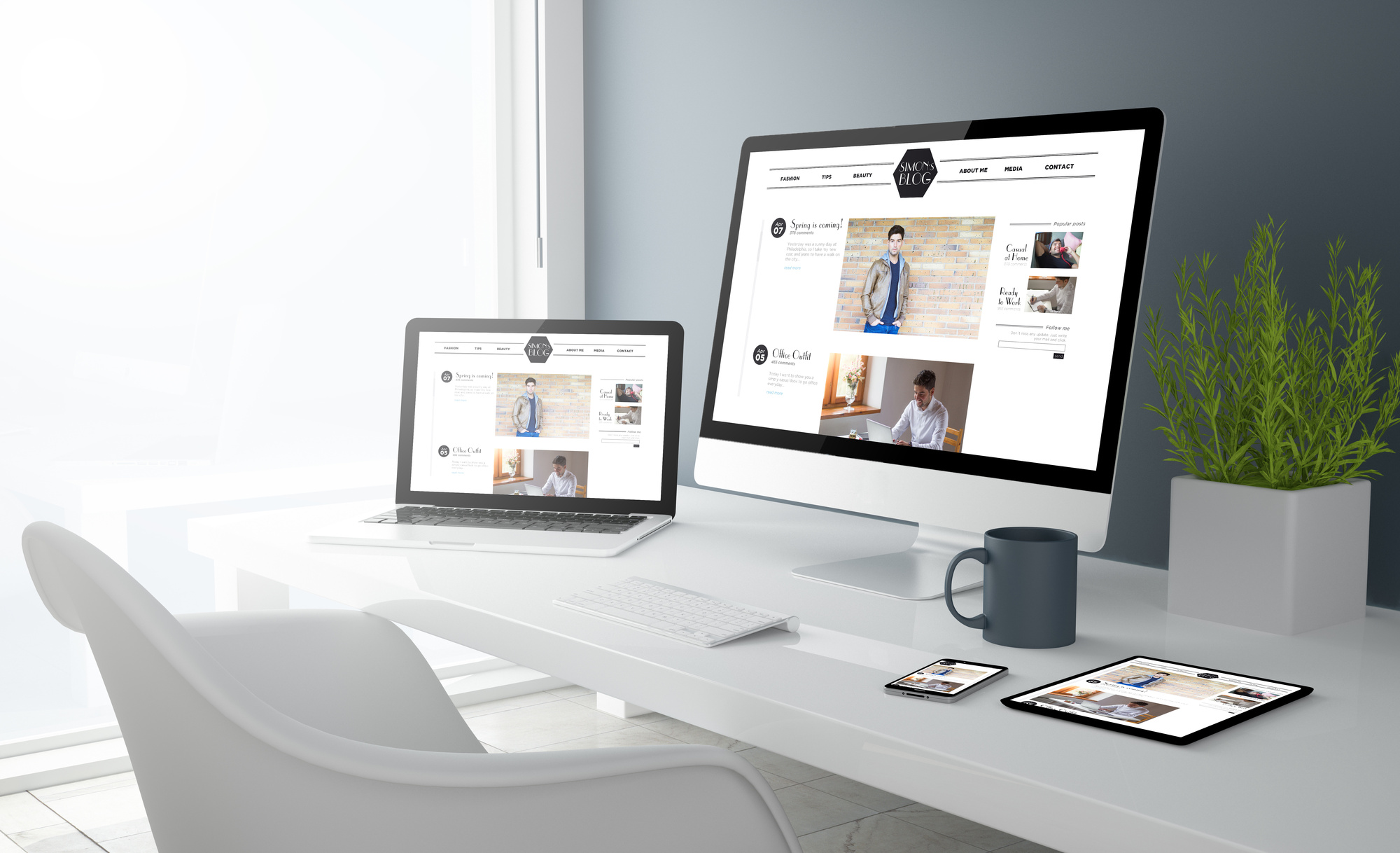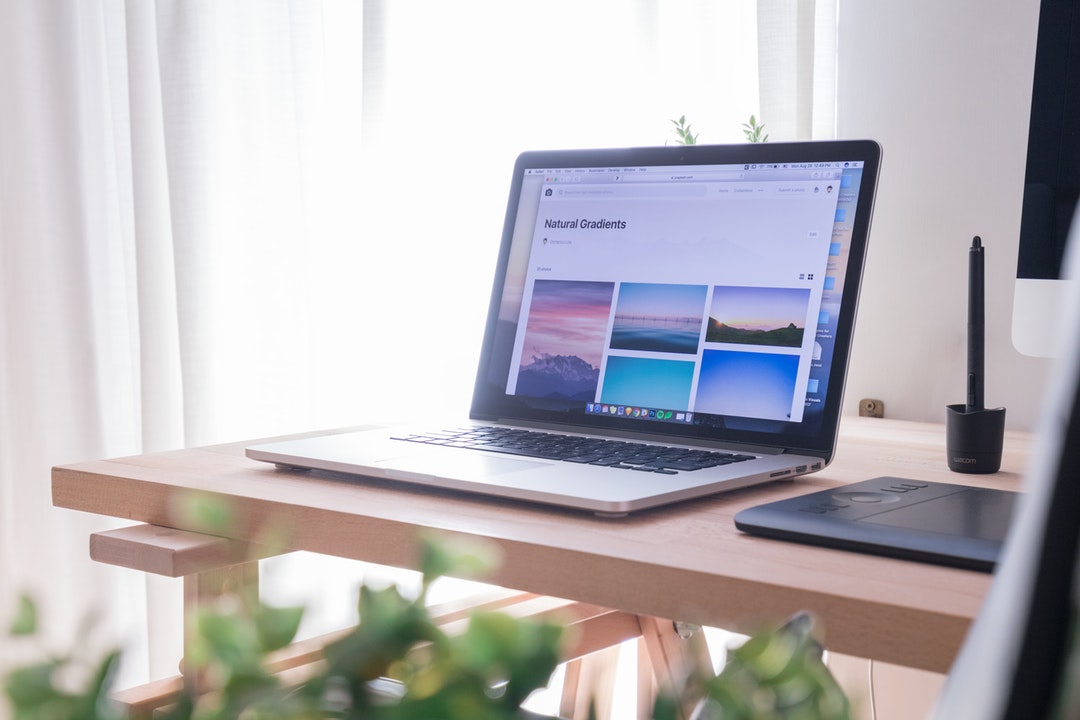Are you looking to make a punch with your website?
First impressions count. Your website is often the first chance your audience gets to see your business. But website design can be complex, so it’s easy to lose track of the important details.
Don’t worry! Read on for 7 mistakes in web design to avoid, so your website will stand out from the crowd.
1. You’re Not Selling Your Company on Your Website
Not selling yourself from that first click is one of the biggest mistakes you can make. Your website should immediately tell users who your company is.
You should also give them a reason to pick you. Not selling yourself from that first click is one of the biggest mistakes you can make.
Why? Because it only takes .05 seconds for users to form their opinions when they click on your website. You can do everything else right, but if they can’t decide to go with your business, they’re clicking ‘back’.
You should have your services/products on clear view, at the least. And highlight confidence builders like awards, testimonies/reviews, and industry partnerships.
2. Your Site is Too Busy
If your website is too busy, it’ll confuse and distract users. This is even more true if your site is using too many different typefaces, colors, themes, and images.
If you’re confusing users and they can’t get what you’re about, they won’t stick around. Also, if your site you’ve packed your site with a ton of videos and images, it increases the loading speed. Longer load screens will turn users off, they’ll get frustrated and go elsewhere.
This is an easy mistake to make, but having a strong brand image can help fix this. It will help you settle on a sleek, concise color scheme and theme.
Everything you put on your website needs to have a purpose. You want to avoid packing in information for the sake of it. Go back to your business’ core values and build your site around them. It’ll help you provide a useful, high-quality site to set you ahead of your competition.
The same applies to your internal site. Don’t shoehorn in every feature under the sun for the sake of it. Make the most of external services to get functions like a free paystub generator online.
3. You’re Not Making the Most of Mobile
In 2020, making sure your website functions on mobile devices is crucial. People are always connected today, often browsing the internet on the go. If you’re not already convinced, 51% of web traffic comes from mobile!
If you’re not offering a smooth mobile-inclusive experience, then you should reconsider. Users want the best experience when accessing your site whatever device they’re using. Make sure your website is loading fast on mobile, and it’s scaling to suit smaller screens. If not, you might be turning off potential business.
4. You’re Not Making the Most of Content and Whitespace
Content is an important part of your website and your marketing campaign. Content is how users get to know your business, your products, and/or the services you offer.
The font you use and how you lay the page out is important. Typeface represents your brand image. You want to pick an attractive and professional font. Make sure your content is always updated too, you don’t want users thinking you’re out of business!
5. Using Unnecessary Images
Visuals are important in web design. No one wants to come up against a wall of text. Images can get across complex thoughts and concepts quicker and easier than text. It also helps break up the necessary text you do need.
But you can’t throw images in, you need to use them in the right way. One big mistake websites make is using irrelevant images, or ones that are low-quality.
Using irrelevant images causes users to become confused. It becomes unclear what message you’re trying to get across. This can become frustrating and turn them off to your brand. Using low-quality images don’t look slick or professional. It could leave users doubting your authenticity and expertise.
6. Poor Load Times
If your load times aren’t up to scratch, you can bet you’ll be losing visitors. You want to have your page load up within 3 seconds. Around 53% of mobile users will leave a page that takes longer than 3 seconds to load.
If you’re putting effort into your SEO (and you should be), then slow load times can make a big dent in your rankings. If you’re experiencing slow load times, get your web developer involved. The issue could be technical and they’re best placed to find it as well as improve load speeds in general.
7. Weak Search Engine Optimization
Relevant, helpful content gives users great value, and search engines pick it up. Not optimizing SEO is a mistake and one that might go unnoticed.
There’s no instant formula, and high rankings won’t happen immediately. But there are some things you should be doing to help boost your SEO to reach those ranking goals:
Focus on Long-tail Keywords
Long-tail keywords take on a more natural language approach, mimicking what we say. And it’s the direction user searchers are going. It’ll be easier to rank for longer, spoken phrases than shorter ones.
Post Regular Quality Content
Keep content unique, fresh, informative, and helpful. A regular blog page on your website will do wonders for your SEO.
You can share articles on industry news and trends, or offer your helpful advice. But always give potential customers value, as you’ll get loyalty and trust in return.
Encourage Social Engagement
One thing customers like that will set you apart from competitors is connecting on a personal level. A good way to go about this is via social media, through sites like Facebook or Instagram. You can strengthen brand identity and improve customer service.
Don’t Let Mistakes in Web Design Get You Down
So there you have it! Now you know these top mistakes in web design, you know what to avoid.
Your website sets your online identity, so it is important that you take the time to ensure it represents the best your company has to offer.
If you found this article useful, be sure to check out our other posts.











